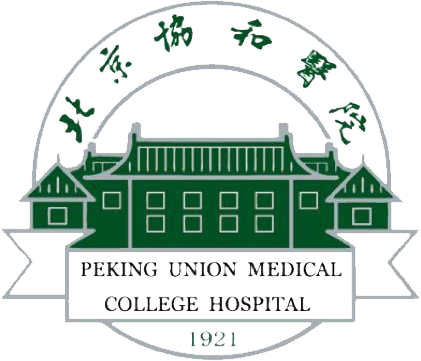Led by PUMCH, a medical team was sent in last August to support the People's Hospital of Tibet Autonomous Region. As leader of the first-batch medical team, vice president Han Ding said we should give full play to the advantage of teams and combine the roles of small, middle and large sized groups.
Small group: help boost department expertise
The medical team led by Han Ding consisted of 28 medical experts of high professional titles, covering 19 specialties. Of them, the ten PUMCH members came from such departments as nursing, lab, pathology, anesthesia, pharmacy, radiology and intensive care, and the other 18 members are specialists from three hospitals.
“Small group” means to put these specialists to their respective departments to help boost the quality of each link of medical practice. The advantage lies in high-level cooperation throughout the course, as compared to individual efforts in the past.
Middle group: sustainable development of departments
Rui Xi from the ICU department was responsible for technical training and research capacity within departments. Later, supported by Liu Dawei, director of ICU Department of PUMCH, he acquired a higher understanding: “to form a virtuous circle, we need to view from a standpoint of department design and help build the learning habits of all people, build talent teams and probe into quality standards, incentive system and research directions.”
This means department reshaping, a difficult and gigantic task. According to Rui, by setting apart one person per year to support Tibet, we’d better let this person to connect the two places and departments, that is, make the entire ICU Department of our hospital to support the ICU Department of the Tibetan hospital.
“That is the idea of ‘middle group’. Behind each member of us stands a whole team from Beijing to support the corresponding department of the Tibetan hospital,” said Han. The PUMCH doctor will learn local conditions by heart, link the two hospitals and help the Tibetan hospital with department planning from all respects including medicine, teaching, research and management.
Large group: form virtuous circle through innovation
“The root of weak medical care in Tibet is the lack of professionals, and behind that is the lack of proper incentive and payment system,” said Han. “The idea of large group is to build a large team consisting staff from Tibet-supporting hospitals and from the local government, to carry out personnel and payment system reform so that the local hospital can ‘make blood’ by itself.”
In last January, the general office of CPC Committee of Tibet and the general office of Tibetan government issued Opinions on Promoting “Group-type” Support to Tibet by Medical Professionals, which prescribed efforts to reform the administration of the Tibetan hospital so as to make the staff more enthusiastic, active and creative.
“We hope to build up practical systems and mechanisms that suit hospital management and local conditions, and truly leave behind something for medical care undertakings in Tibet and for the long-term welfare of the people,” said Han.
What to count on? Han believes the confidence comes from the commitment made by PUMCH President Zhao Yupei: we will build the Tibetan hospital into our “bigger west yard”. Under combined efforts, many departments of the Tibetan hospitals have embarked on a fast track. A distance medical center connected to PUMCH is under construction to facilitate academic exchanges and a digital library is under consideration.
